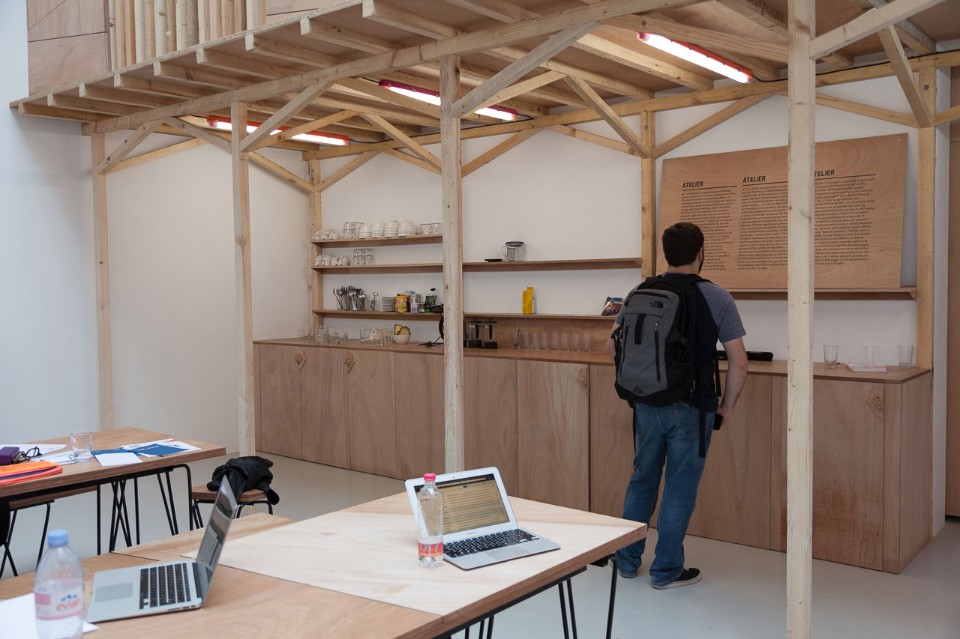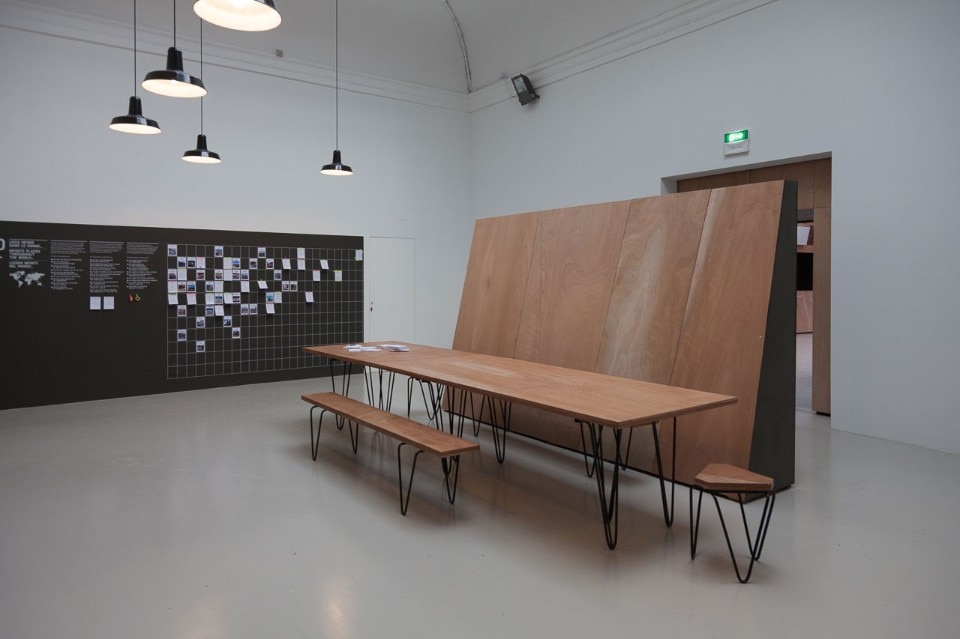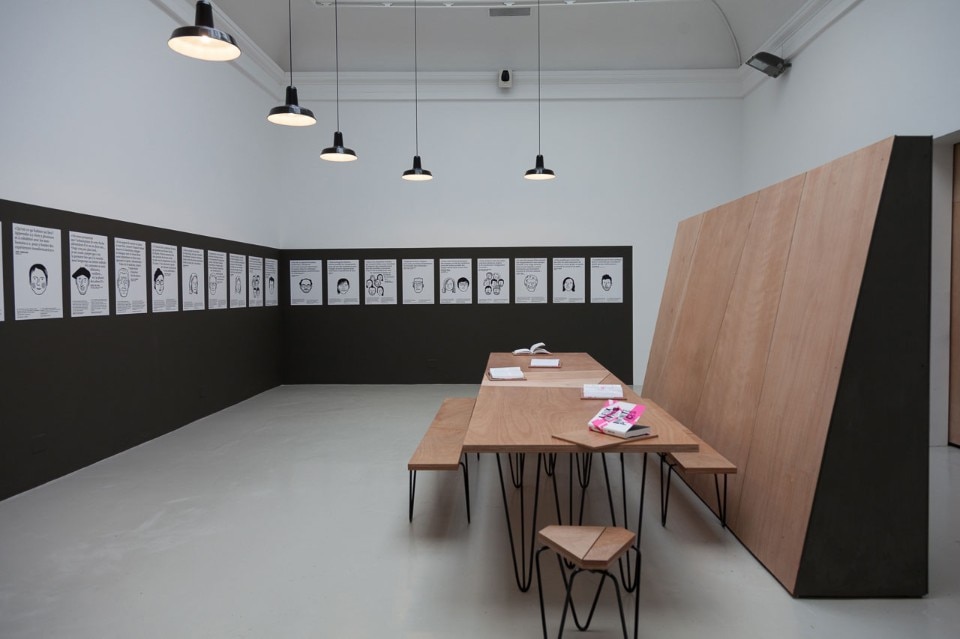Should we create buildings or places? This is the question posed to the public by the curators of the French Pavilion, Encore Heureux (Nicola Delon, Julien Choppin, Sébastien Eymard). The question may sound rhetorical, but it contains an important idea about the meaning of architecture.
A place is the meeting point between different political, human, economic and spatial realities. It is a fundamental point of passage between what we consider a city and the thing we call architecture. The place builds a space for life, but it is also an economic engine and courageously represents the political choice made by a country that believes in architectural experimentation as a process of dialogue.

 View gallery
View gallery
All 10 places chosen by the curators are in fact buildings with a significant past, disused buildings given a new opportunity to become an active part of the urban structure. They should be viewed not as models but signs of experimentation. They do not work on the aesthetics of abandonment and are not formally converted by invasive projects. They are simply awakened from a long sleep. Within them, architecture plays a fundamental and different role in each case. Infinite places are built step by step, starting from the existing and bringing together the voices of an often complex community of operators. The project seeks to exploit pre-existing qualities by amplifying them through an integrated process, in which the architecture resonates with the inhabitants and the soul of what the building once stood for.

 View gallery
View gallery
There is a fine display of objects emblematic of each of the places. It transforms the central space of the exhibition into “A Cabinet of Curiosities”. As a collection of fragments bringing together memory and actuality, the objects are the soul of the spaces and contribute like the people, on display in the second room, to their light and informal transformation.
Le Centquatre in Paris is a space for hybrid art, in continuous transformation. La Friche la belle de mai in Marseille is a multifunctional space for studios, offices, exhibition spaces, skate parks, schools. Collective effort has turned La Convention in Auch into a housing space.
As if all this were not enough to recount the places, the curators wanted action to explain their intentions more clearly and in Venice they found it at the Guglielmo Pepe barracks. The military facility was built between 1591 and 1595 at the Lido and decommissioned in 1999. It has been reused for short periods by the Biennale Urbana association since 2016. In 2018 Biennale Urbana Invited “Lieux Infinis” to work with it, designing and building the conditions to foster a cultural experience of artists’ residencies. In this way, history and the project meet in Venice for the whole duration of the exhibition to build a new open, trans-disciplinary place that will resonate in future each year with the Venice Biennale.

- Exhibition title:
- Infinite places. Constructing buildings or places?
- Opening dates:
- 26 May – 25 November 2018
- Curators:
- Encore Hereux – Nicola Delon, Julien Choppin and Sébastien Eymard
- Venue:
- French Pavilion, Giardini





















